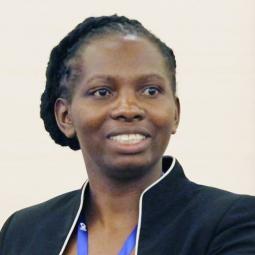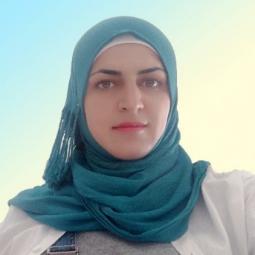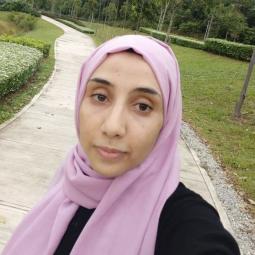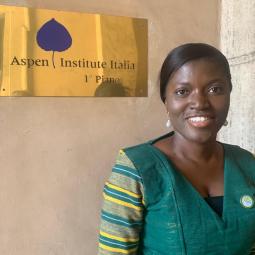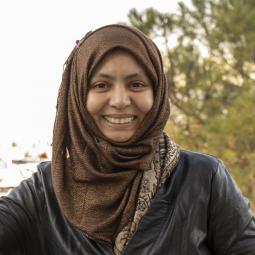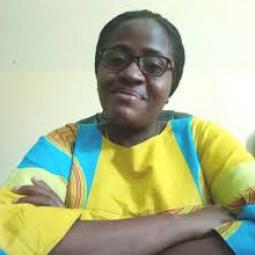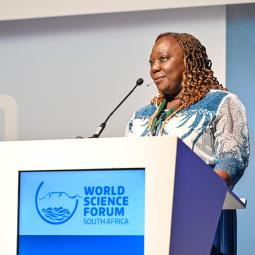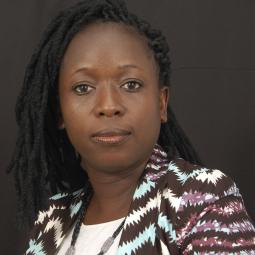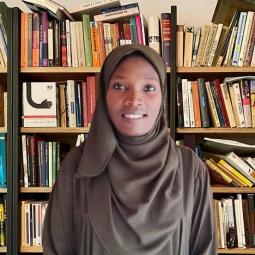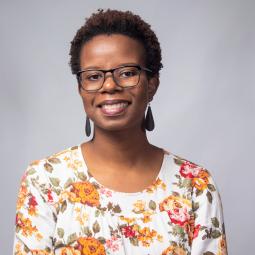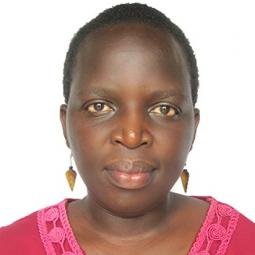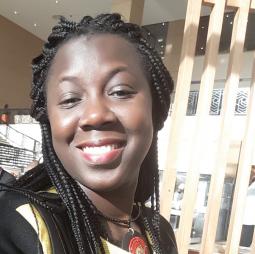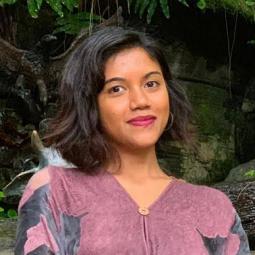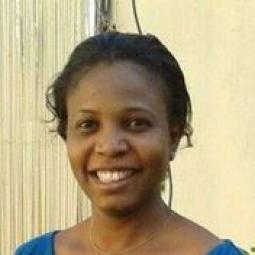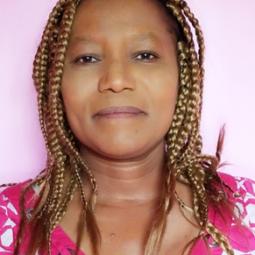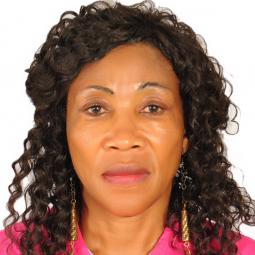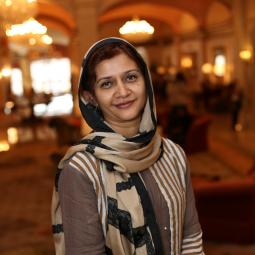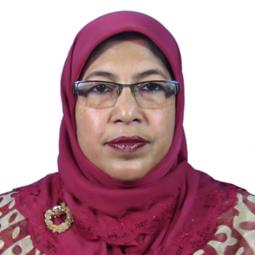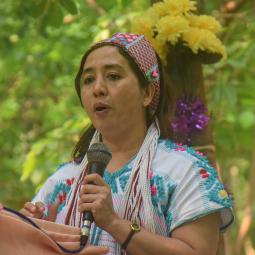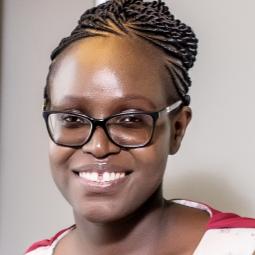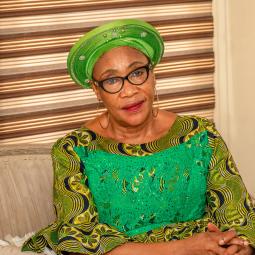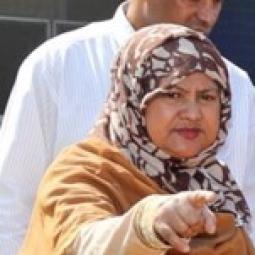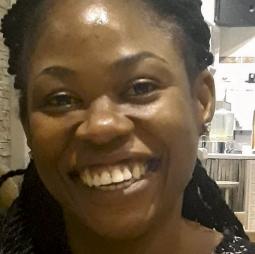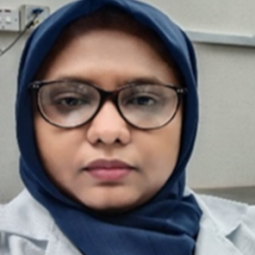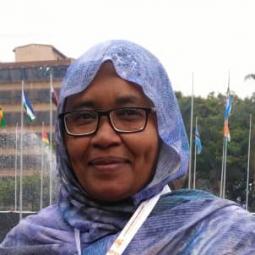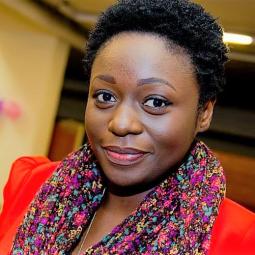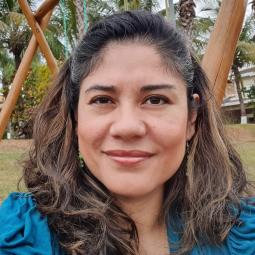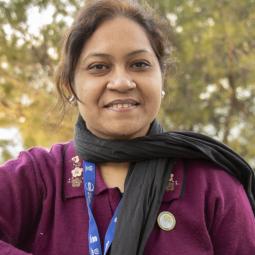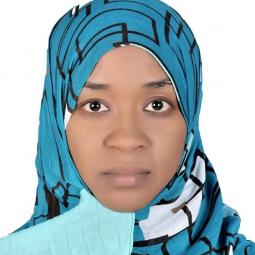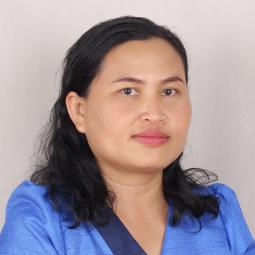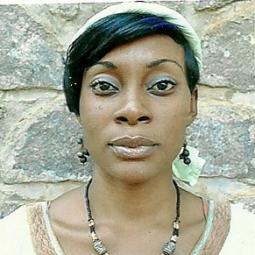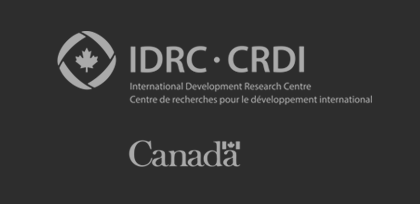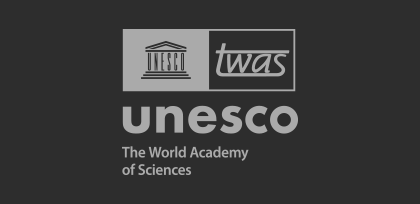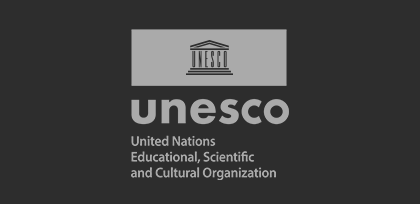OWSD Nigeria National Chapter Presents: "Wearing Our Gender Lens in Research Design and Development", by Dr Blessing A. Odogwu
April 14, 2020
On 31 March, the OWSD Nigeria National Chapter University of Port Harcourt Branch held a series of scientific talks. Dr Blessing A. Odogwu spoke about applying a 'gender lens' in research.
What is gender?
Gender is a crosscutting sociocultural variable. It is a concept that deals with roles and relationships between men and women that are determined by social, cultural, religious, ethnic, economic and political factor, and not biology. These gender roles and relationships are a key determinant of the distribution of resources and responsibilities, and the power relations between men and women. Gender in research looks beyond the observed roles played by males and females, but explores the societal systems, structures and power relations that enforce them, that is, the societal values and norms of a given time in the history of a community.
What does it mean to wear a gender lens?
It means integrating a gender perspective during the planning, implementation and evaluation of our research. It also connotes ensuring that our research has a gender-responsive content, that is, our research will not only identify gender issues (biases) but proffer solutions to them.
Why is it important to wear a gender lens when designing and developing our research?
i. Research design improvement and focus: Putting on gender lens will enable us to identify potential stakeholders and beneficiaries on our research value chain, identify their needs and research gaps, and determine the possible research outputs that will meet these specific needs, thereby streamlining our research focus.
ii. Ease of technology transfer from lab to the field: Wearing our gender lens will make it easy for us to predict the impact of our research outcomes, engender ease in adoption of our technology, and even ascertain the gender dynamics that can affect the uptake of our technology (this will be important for re-strategizing our research focus).
ii. Network improvement: When designing and developing our research, donning our gender lens will help us identify potential collaborators and expand our networks. These networks are invaluable.
iii. Access to funding for research: Most funders and donors have target gender groups or SDGs linked to gender group(s) of interest!
How can we properly wear our gender lens?
During research conceptual stage, we should conduct a gender analysis* using tools for gender integration into research. Also, if possible, engage the identified gender groups from the research planning stage to the evaluation stage. Their involvement and participation at the beginning of the research process will make it easy for them to adopt the research outputs/technology.
*Some of the gender analysis tools we can use are:
- Harvard model or situational analysis: This is the process of establishing the gender categories, relations, and issues of a given community at a certain time and location.
- Preference ranking or problem/opportunity analysis: This is the process of identifying the perceptions/choices/ problems/opportunities the gender groups would make or face independently. This analysis is usually a follow-up of the situational analysis.
- Gender-feasibility or quick scan analysis: This is a process of quickly exploring nine variables** to establish whether or not the expected results of the research have gender implications. This tool helps you to identify what works and the implication of choice of a gender group.
**The nine variables are:
1. Culture: has to do with underlying values, practices and norms and their implications for options prioritized by the gender groups.
2. Participation: has to do with the freedom to get involved from design to evaluation of the research results and impacts.
3. Equity: has to do with access to and use of benefits, that is, which gender group will actually benefit from the research output(s).
4. Magnitude of benefits: has to do with how much each gender group will actually benefit from the research output(s).
5. Location: has to do with how the location or venue of the project will affect access, especially by those with limited freedom of mobility.
6. Costs: has to do with how much the project will cost the community and the ability of each gender group to pay (low-cost options).
7. Time to benefit: Has to do with how long it will take to realize benefits and how this aafects each gender group.
8. Technical competencies: has to with any special skills required and the implications for participation and access to benefits by the gender groups.
9. Risks: has to do with anticipated risks and ability to mitigate by the gender group.
Further reading
African Women in Agricultural Research and Development (2014). AWARD Science skills course participants workbook. pp. 5-26.
UNESCO Gender Lens (2003). Project Design and Review. Accessed from the UNESCO’s Gender Mainstreaming Resource Center at http://www.unesco.org/women, 20/03/2020.
About the speaker
Dr Odogwu is a lecturer in plant science at the University of Port Harcourt, Nigeria.
LinkedIn: Blessing Odogwu
Twitter: @OdogwuBlessing
ORCID: orcid.org/0000-0001-8145-027

